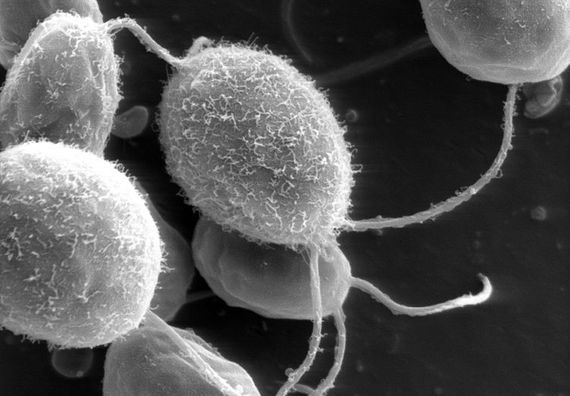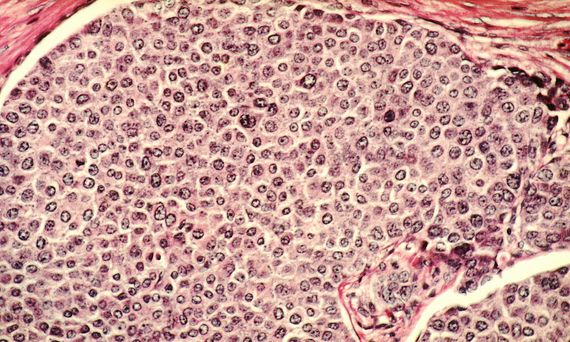“Ruth Sager should be remembered above all as a gifted, original and imaginative scientist who loved her life of exploring nature and in her later years brought her gifts and passion to investigate the scourge of breast cancer.” This is one of the phrases that Harvard University dedicated to this scientist, born in Chicago on February 7, 1918, and who stood out as a pioneer of genetics in two ways: during the first decades of her career she researched the genes that reside outside the cell nucleus, while in a second stage and until her death on March 29, 1997, she delved into the genetic mechanisms of breast cancer.

Sager began her higher education at the University of Chicago with the intention of studying music or literature, but the university’s extensive curriculum led her to discover biology courses. She then became passionate about science and specialized in biology, earning a degree in physiology in 1938. She began researching at Rutgers University and in 1948 obtained a doctorate in genetics at Columbia University.
Her first discoveries were in her field of origin, plant physiology. During her time at the Rockefeller Institute she devoted herself to the study of chloroplasts, the cellular organelles where photosynthesis takes place. While researching the reproduction of the algae Chlamydomonas reinhardtii, she combined strains that were resistant and sensitive to streptomycin, a compound that inhibited chloroplast, and observed that resistance or sensitivity to this antibiotic was inherited from only one of the parents, and not from both following the usual rules of sexual reproduction.

That finding suggested that this trait was not inherited via chromosomes, which went against the knowledge of the time. Sager had discovered that these genes were in the chloroplasts, outside the cell nucleus.
Tumour suppressor genes
That revolutionary discovery earned Sager the scepticism of her colleagues, to which was added a sexist discrimination. It wasn’t until years later that this extrachromosomal inheritance was demonstrated, which finally brought Sager her reward when she was appointed professor of biology at Hunter College in 1966.
In 1975, Sager was invited to join the Department of Microbiology and Molecular Genetics at Harvard Medical School. This move allowed her to embark on a new line of research studying the role of so-called tumour suppressor genes in the development of cancer. At that time there was great interest in oncogenes, genes whose mutations often produce hyperactive versions that lead to malignant cell transformation and tumour development. However, Sager proposed that tumourigenicity probably depended on different types of genes, and that some of them involved in the normal cell cycle could facilitate the appearance of a tumour when they were altered and lost their functionality. Thus, she was one of the first researchers to demonstrate the intervention of tumour suppressor genes, identifying more than 100 and documenting how their expression decreased during the carcinogenic process and how this was related to cell transformation, especially in breast cancer.

Although not known for her feminist activism, Sager was a model for thousands of women with scientific vocations, opening the way for many others to follow her example. Those who knew her highlight her passion, not only for science but also for the hobbies she cultivated, such as literature, music and cooking. Regarding her profession, she once said: “Science is very demanding. You have to really love it. Science is a way of life. I think everything comes from within. It really gets to the very core of your existence. It is much like being an artist or a dancer.”
Joana Oliveira
Comments on this publication